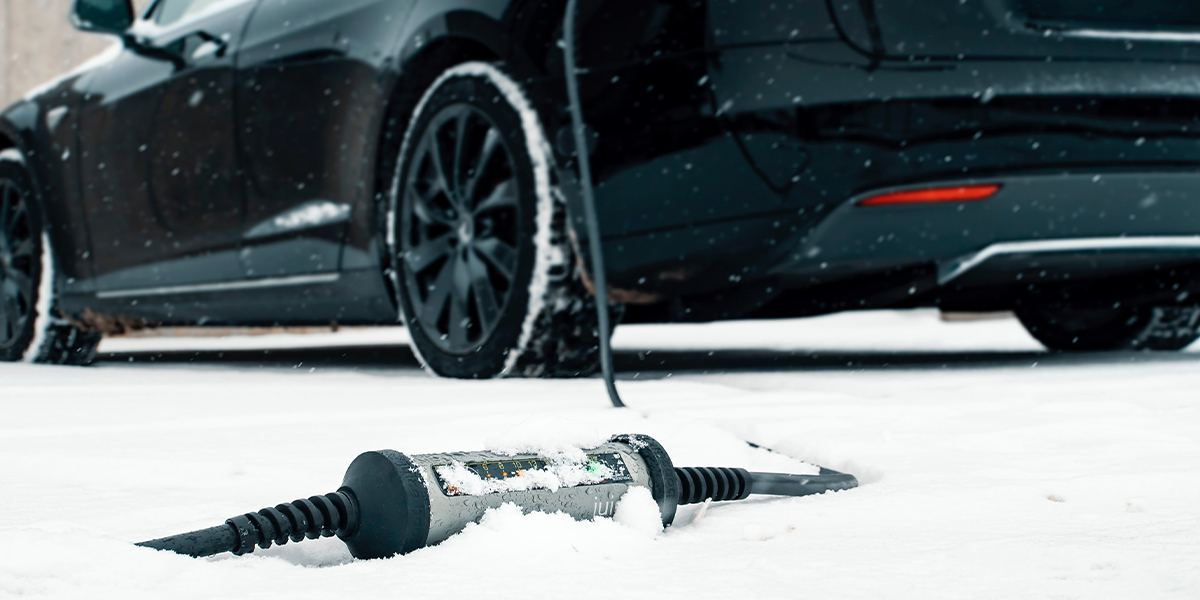It’s all to do with battery health. Over time, lithium-ion batteries deteriorate which, if you’ve had any experience with a smartphone, is something you will have already experienced.
Whilst charging to 100% is perfectly acceptable and safe for your battery, in the long-term EVs benefit from not getting charged to the max. This is because lithium-ion batteries are most efficient working in the range of 20-80%.
This logic applies to most aspects of your car too. Persistently going hard on the accelerator and the brakes whilst you drive won’t do your car any favours in the long run. Whereas if you’re more gentle with your car’s hardware, it’ll stay in better condition for longer.
Does that mean I have to keep an eye on my EV as it charges?
No! Most modern EVs have controls which allow you to set how much charge you want to put in. Setting this at 80% means you can still leave your car charging while doing something else.

How much time will charging to 80% save me?
EVs don’t charge at a constant rate from 0-100%. Once you go past 80%, charging takes much longer to reach maximum capacity. In fact, some EVs take nearly as long to go from 10-80% as they do to go from 80-100%.
To explain why this happens, imagine an empty theatre. The first people to enter the theatre can get to their seats quickly and swiftly but as the venue fills up it takes people longer to reach their seats.
This is like when a battery goes over 80%, and as a result, drivers who are on a long journey are often better off finishing their charge and finding another charger later on when they're low on power again.
Not only will stopping your charge at 80% save you time but if you’re at a busy public location it can be considered good etiquette to move along and let another driver use the spot once you reach this point.
If reaching 100% is a must then using a slower, and sometimes cheaper, charger could get you from 80 to 100% just as quickly as a rapid one.

What else can keep my EV battery healthy?
Most EVs have built-in heating to keep the battery at an optimal temperature, however, it is worth keeping an eye on the battery temperature to ensure you’re not putting it under too much pressure. Batteries don’t like it too cold or too hot, so driving fast during a heat wave might not be the best idea.
It’s also good to leave your battery charge within the healthy 20-80% range if you’re planning on not using it for an extended period of time.








